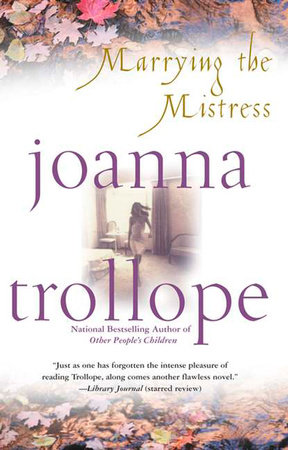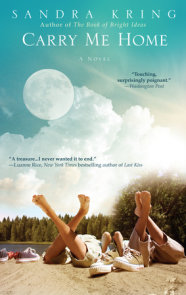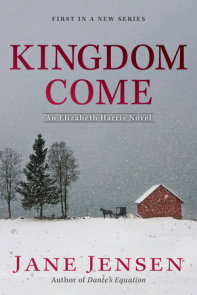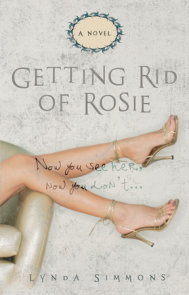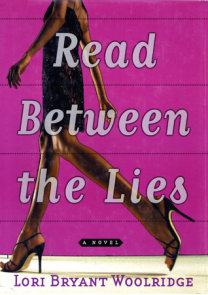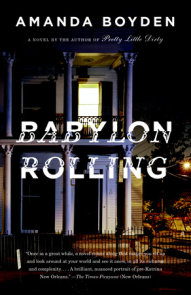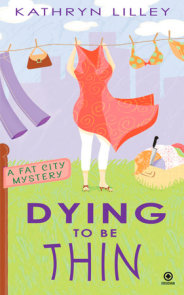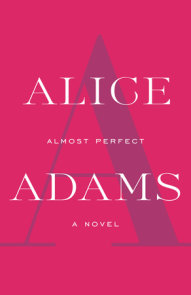READERS GUIDE
Questions and Topics for Discussion
INTRODUCTION
It is not an unusual story: A married man falls in love with another woman. He decides to end his marriage and start a new life with his mistress. This decision sends shock waves throughout his family, disrupting not only his life, but the lives of his children, their respective partners, and their children. What is unusual, perhaps, is the sensitive way Joanna Trollope’s provocative novel examines the repercussions of such an affair on family members. Her portrait of the Stockdale family—its married and unmarried couples, the parents and their children, grandparents and grandchildren, sisters and brothers—reveals the wonderful and sometimes terrible ways people respond to one another in a crisis of the heart.
Before Guy and Merrion take the tumultuous step to be together, the Stockdale family resembles many middle- and upper-class families. A prominent judge with two grown sons, Guy is neither demonstrative nor neglectful as a husband and father. His wife, Laura, has dedicated herself to raising her children and making a comfortable home. Birthdays and anniversaries are remembered, gardens are tended, work gets done—and problems are tactfully swept under the rug. But some problems simply won’t stay put. And as Guy’s passion for Merrion grows, he realizes how unhappy he is in his marriage to Laura. This realization, and the steps he takes to address it, create a chain reaction of self-examination that exposes the considerable fault lines beneath the surface of nearly every relationship in the Stockdale family.
And they are relationships worth examining, not least because Trollope’s characters are so richly drawn that their stories feel both unique and universal. By blending moments of intense emotion with intricately wrought scenes of domestic life, Trollope skillfully conveys the euphoria of new love through the eyes of both a sixty-year-old man and a sixteen-year old boy. She walks readers through the desolation of a not-quite-elderly-and certainly not grown-up-woman’s broken heart as well as the haphazard and fragile days of a self-conscious adolescent girl. And somewhere in between we come to know Simon and Merrion, tentatively straddling the path between youth and middle age, painfully coming to terms with the doubts that arise when you realize that you’re not going to have everything you want in life, and trying to figure out what is worth sacrificing and what is necessary for happiness.
An acute and observant chronicler of modern life, Trollope raises important questions about family and marriage, loyalty and responsibility. Should we root for Guy, who seems to have found happiness in a bright, energetic and lovely woman who happens to be younger than his own children? Should we sympathize with Laura who, though clearly demanding, self-involved, and possibly unlovable, is nonetheless forced to rebuild her life at a less than tender age? To whom does Simon owe his loyalty: his mother, who has always depended on him and now seems to need him more than ever; or his wife Carrie, whose own capable nature has made her both indispensable and invisible? And what about Merrion? Should the Stockdale children welcome her for the joy she brings to Guy’s life? Or treat her like an interloper, for the havoc she has brought to theirs?
There are no easy answers, nor should there be. We may not agree with these characters’ choices or actions, but we can empathize with the complexity of their predicaments because real life is messy—it doesn’t matter if a home is as beautifully appointed as Laura’s, with its country garden and embroidered cushions, or as cluttered and unkempt as Carrie’s, with its dish-strewn kitchen and creaky pipes. The messiness comes from caring for other people—whether or not the object of that devotion is socially acceptable; whether or not the object of that devotion wants to be desired.
The shock waves that emanate from Guy and Merrion’s relationship tempt us to carry the earthquake analogy one step further: After the tremors have subsided, leaving those buildings with strong foundations still standing while weaker ones have crumbled, it is time to assess the damage; to demolish what can’t be saved and reinforce what remains. It is an opportunity to rebuild for the future, and to be stronger than ever.
ABOUT JOANNA TROLLOPE
Joanna Trollope, a descendant of Anthony Trollope and a #1 best-selling author in England, is most recently the author of The Best of Friends and A Spanish Lover. Her novels, The Choir and The Rector’s Wife, were both adapted for Masterpiece Theatre. She is the 1999 writer-in-residence for Victoria Magazineand lives in Gloucestershire, England.
AN INTERVIEW WITH JOANNA TROLLOPE
What inspired your decision to write about an illicit affair between and married man and his mistress?
I was interested in how the dynamics change when the unorthodox or forbidden relationship becomes orthodox. A mistress has a very exclusive hold on the person who is her lover, and the secrecy of the relationship can be very important. People in this situation sometimes want the secret relationship to become acknowledged and visible, without then being able to take on the consequences of that visibility.
I have a friend or two who are almost professional mistresses. Women would never call themselves by that name because it sounds so “Mayfair madam.” We need a new word for them, but there are as many of them as ever and a lot of men still operate on this extraordinary basis without much of a qualm.
Your portrait of Laura, Guy’s wife, is rather harsh, if not unforgiving. Why do you think that is?
All people abandoned and caused pain are to be pitied, but I also wanted to show that sometimes if women become the victims in their lives, they have jolly well colluded with it. There are an enormous number of women of my generation who have never worked and who are quite—defiant—I would say. No one should belittle how hard it is to keep house and bring up a family. But what you must never say is that it is a sacrifice. Laura has used it as an excuse and she is quite manipulative.
Having written many novels about families and marriages in which the central characters are women, you’ve focused on the male perspective in this one. What sorts of challenges did you encounter writing from a male point of view? Did you learn anything about men—or women—in the process?
What I wanted to do was startle my readership, get away from the now routine assumption of the abused female victim. Women, you know, can so easily collude with the victim’s view of themselves, almost encourage it in fact. Right through their marriage Laura had always told Guy that she wasn’t really good enough for him, but, nonetheless, left him with the feeling that he’d got something fundamentally wrong, that he still owed her something. Yes, you could say that she was determinedly unfulfilled. In the age we live in, the stereotype is that of the insensitive man who, while his wife is pouring her heart out to him, will suddenly say, “Hang on a minute, it’s time for ‘Match of the Day.’ Well, in this book, it’s the men sitting on the kitchen floor saying to the woman, “Tell me what it is you want,” and the woman replying, “If you don’t know, I can’t tell you.” I wanted to push the reader beyond the “bad man, good woman” stereotype and show how destructive quite, selfish little women can be.
Do you, like many others, think that the institution of marriage is in some sort of crisis? If so, why do you think that is—and what, if anything, should be done about it?
Modern marriage is amazingly long. There’s a scene in the book where Laura’s friend Wendy asks her, “If you’d known that you were still going to be with the same man after 40 years, could you have faced your wedding day?” The post-war improvements in health mean we are all living so much longer, but it’s a lot to ask of people to keep living together decade after decade.
You have a wonderful knack for portraying the mundane details of middle-class English life, which is particularly evident in the scenes that take place in Simon and Carrie’s household. Clearly this is not your own background. How did you develop your sense of detail and empathy for these characters whose lives are so different from your own?
I do write about the middle class because that is what I know. Practically everybody is middle class nowadays anyway. Everything that has happened to me infuses my writing—it’s called experience. And, like all human beings, the significant choices and sacrifices are those made relating to other people, to relationships.
Your books have been hailed for their psychological perceptions. One reviewer called you “the therapist you wish you had.” Is helping readers deal with their own dilemmas one of your goals?
I have lovely times at signings when people come up to me as if I have a magic elixir in my pocket that will solve their problems. It’s wonderful to feel as if you’ve succeeded in touching someone.
Surprisingly enough, Marrying the Mistress ends with no marriage at all. Do your novels change direction as you write them, or are they clearly plotted from the beginning?
I know my characters, the beginning, and the end of a book very well. But I give the characters an organic chance to develop in arbitrary and capricious ways.
DISCUSSION QUESTIONS
Joanna Trollope is best known as the author of sparkling novels centered around domestic nuances and dilemmas of life in contemporary England. She was born in Gloucestshire and still lives there.









